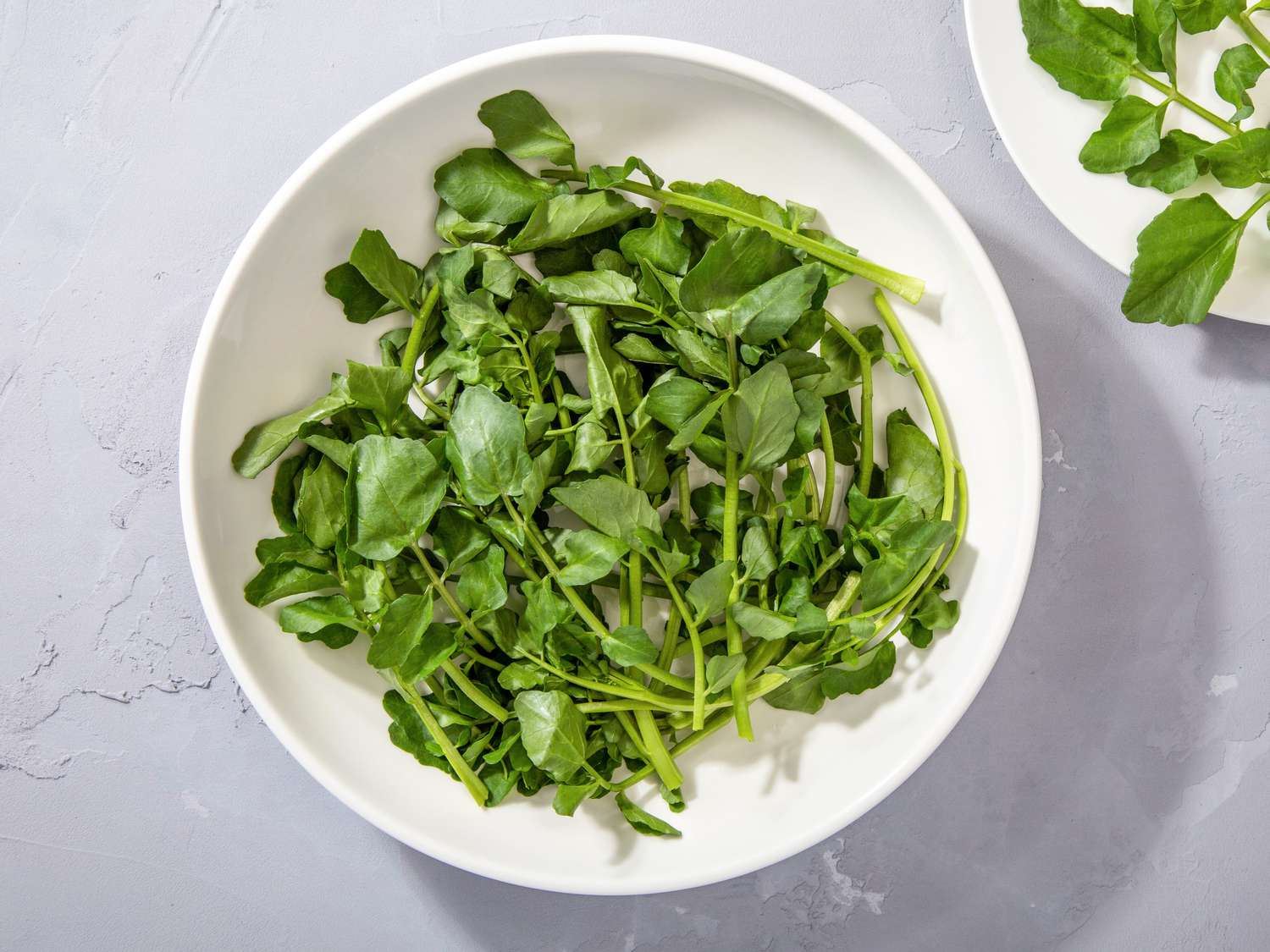Olives can be one of those food offerings that’s hit or miss. Everyone knows someone who absolutely refuses olives at all costs. On the flip side, stans of this small fruit — or “drupe” — that grows on beautiful trees will forever fawn over any and all assorted olives appetizers, leaving clean pits in their wake.
There are many kinds and uses of olives. There are classic black olives, which are mainly used as the standard topping on pizza, sandwiches, or salads. There are table olives you will find in a bowl as a snack with favorites like Kalamata, Niçoise, Manzanilla, Castelvetrano, and so many more. And don’t forget the beloved stuffed olives that are used for perfect martinis.
Now, a colorful variety is sweeping the dinner table — the red olive. This bright, cherry-hued olive has a fun and festive presence in dishes. But what if we told you these beauties don’t come by their color naturally?
Where Do Olives Come From?
First, a little background. Olives are cultivated in the Mediterranean basin, with countries like Spain, Italy, Greece, and Turkey being the top producers. They can also be cultivated in Australia, New Zealand, and in the Americas. Just like grape varieties in winemaking, olives and olive oil can carry a Protected Designation of Origin (PDO) seal “to protect the names of specific products to promote their unique characteristics, linked to their geographical origin as well as traditional know-how” according to the European Commission on Agriculture and Rural Development.
How Many Olive Colors Are Out There?
Olives, like other fruits and vegetables, change colors as they ripen. Green olives are harvested right before they are able to change color and fully ripen, but are at peak size. Olives then make their way, depending on the variety, from green to light brown, or even purple, and ending in black. Black olives are picked when ripe and black in color and have to be processed very quickly to resist overripeness and oxidation.
But What About Red Olives?
And now to those bright red olives that had us asking these questions to begin with. This variety is usually from the Cerignola region of Puglia in Italy. (We should note: Cerignola olives are an example of a PDO, or “Denominazione d’ Origine Protetta” (DOP) in Italy.) Like most varieties, the drupes are primarily green or black, but they do offer a red version in the marketplace. Unlike their green or black counterparts, the red color does not come straight from nature. They obtain their signature look via red dye through the curing process.
Are Others Dyed?
For the most part, green and black olives are not dyed during the curing process. They are precisely picked at the desired time of ripeness and processed immediately to avoid oxidation or further deterioration.
The Takeaway
Olives are versatile and delicious and can work in many recipes for any occasion. The next time you order an olive app to your table at a restaurant or purchase olives to share with friends, make sure you carry with you these tips. Differentiate between pitted and whole olives so you know what you’re starting out with and always ensure the pit is intact before biting into one (you do not want an emergency trip to the dentist). Opt for olives that are relatively firm and not bruised, and that are packed in brine so they’re not dried out. If you think you don’t like olives, keep an open mind to all of the varieties out there, you might find a winner. And if you end up with a red olive, don’t be alarmed if any dye residue is present — it was intentional.




